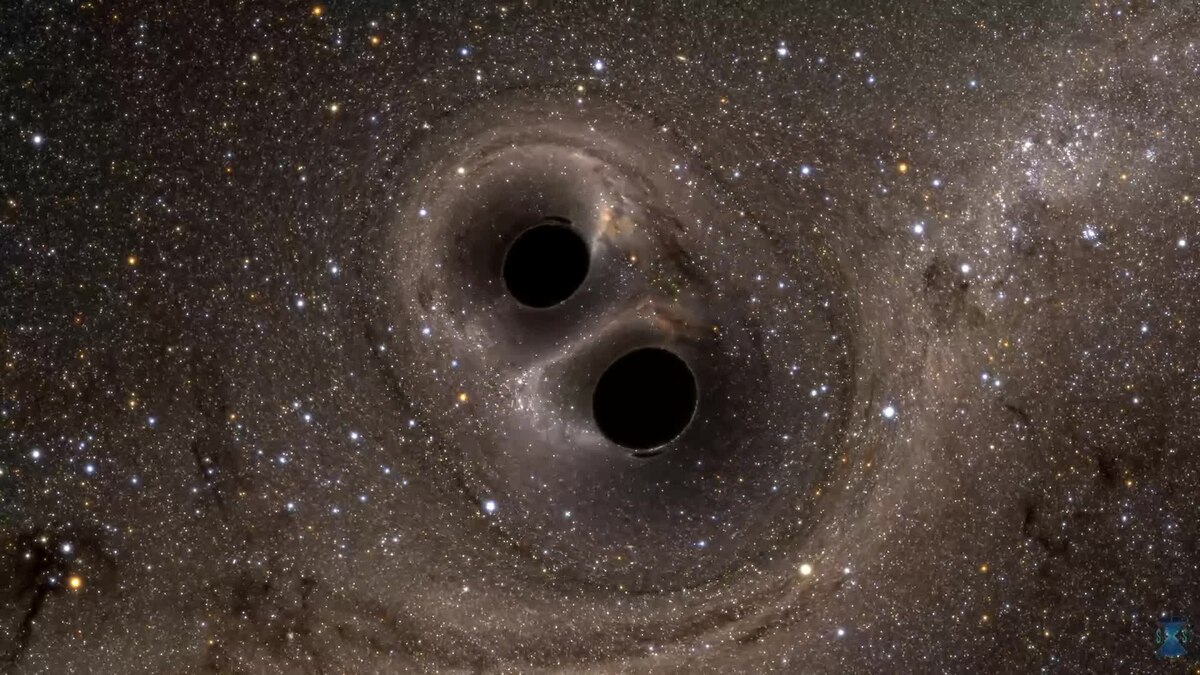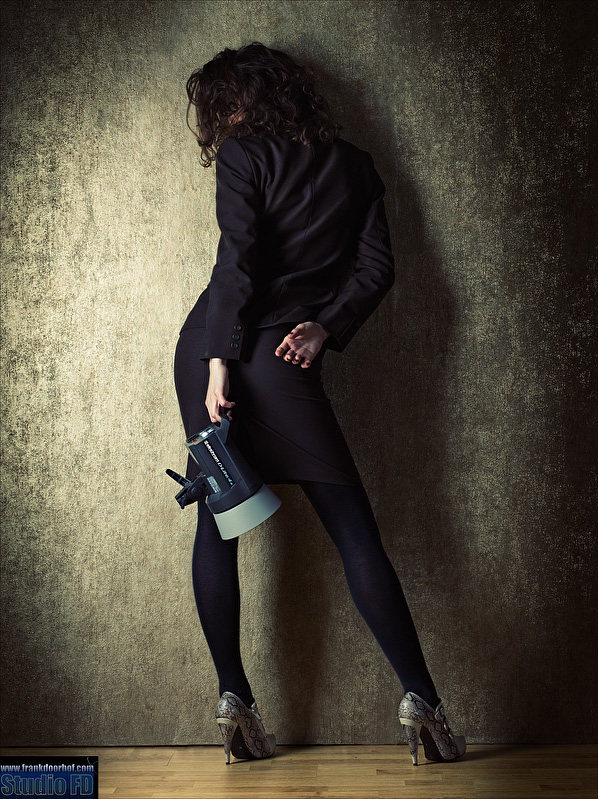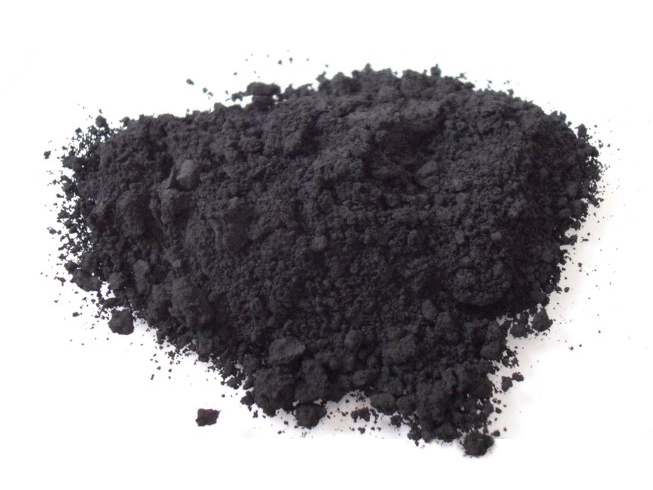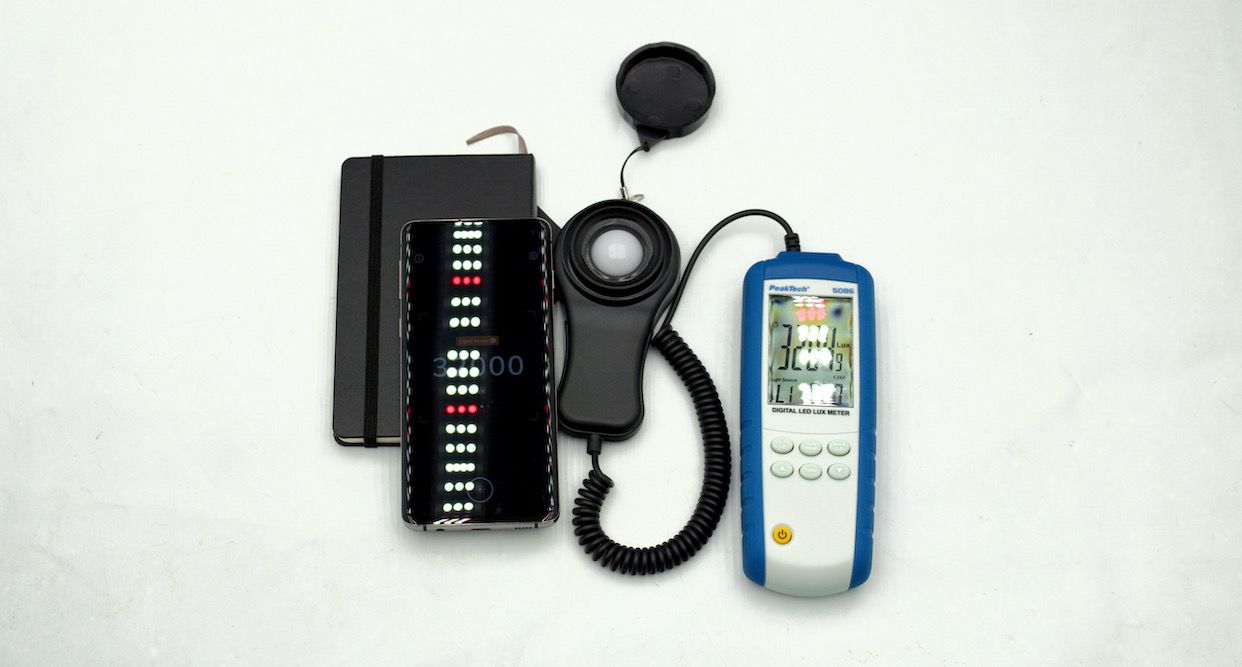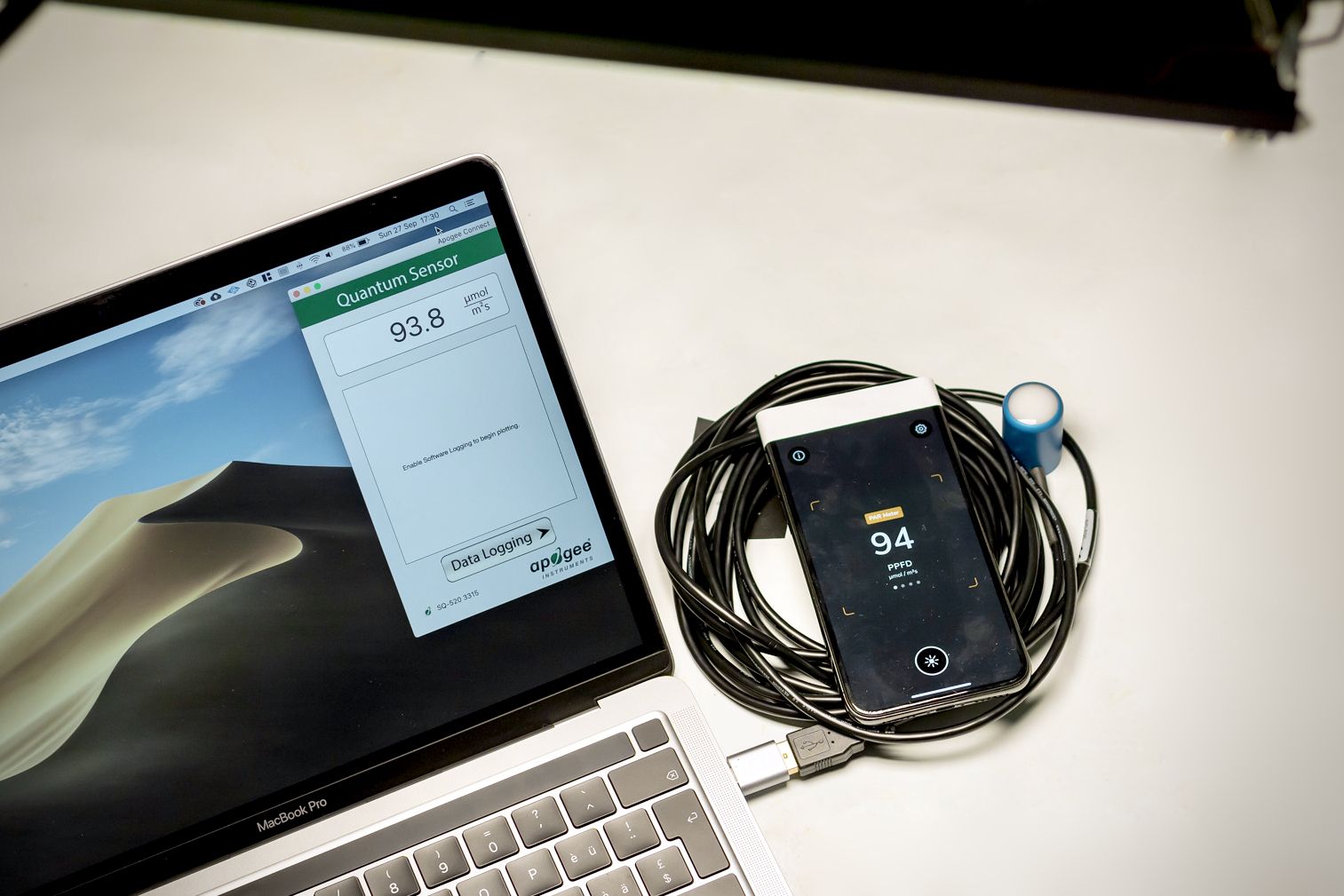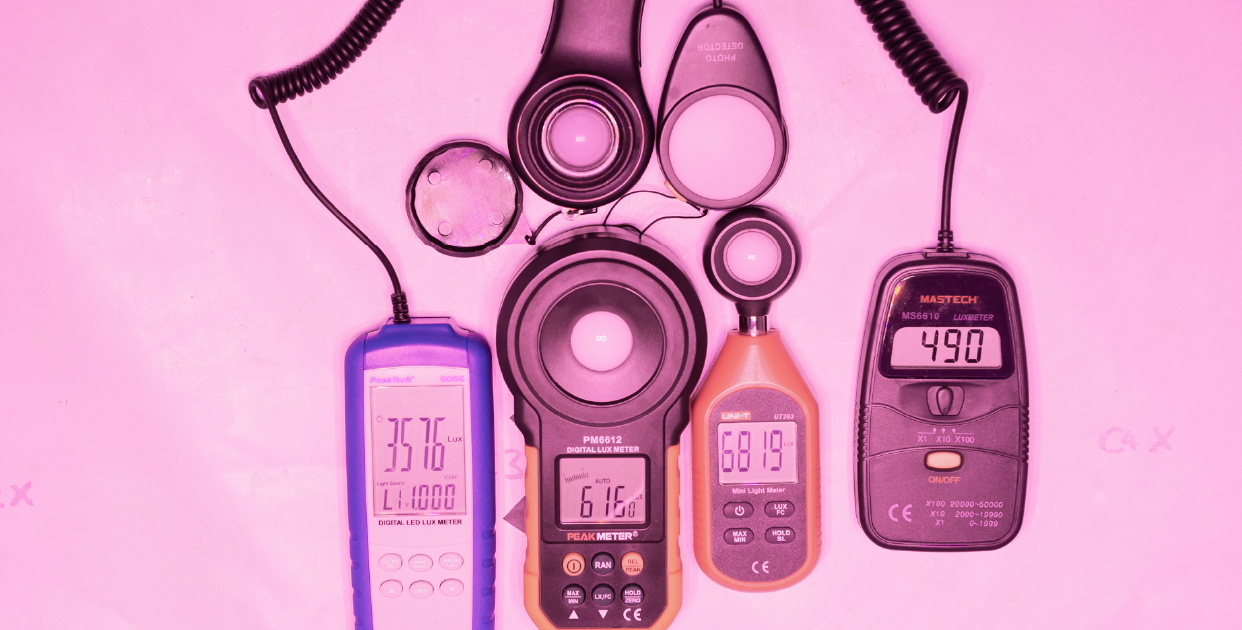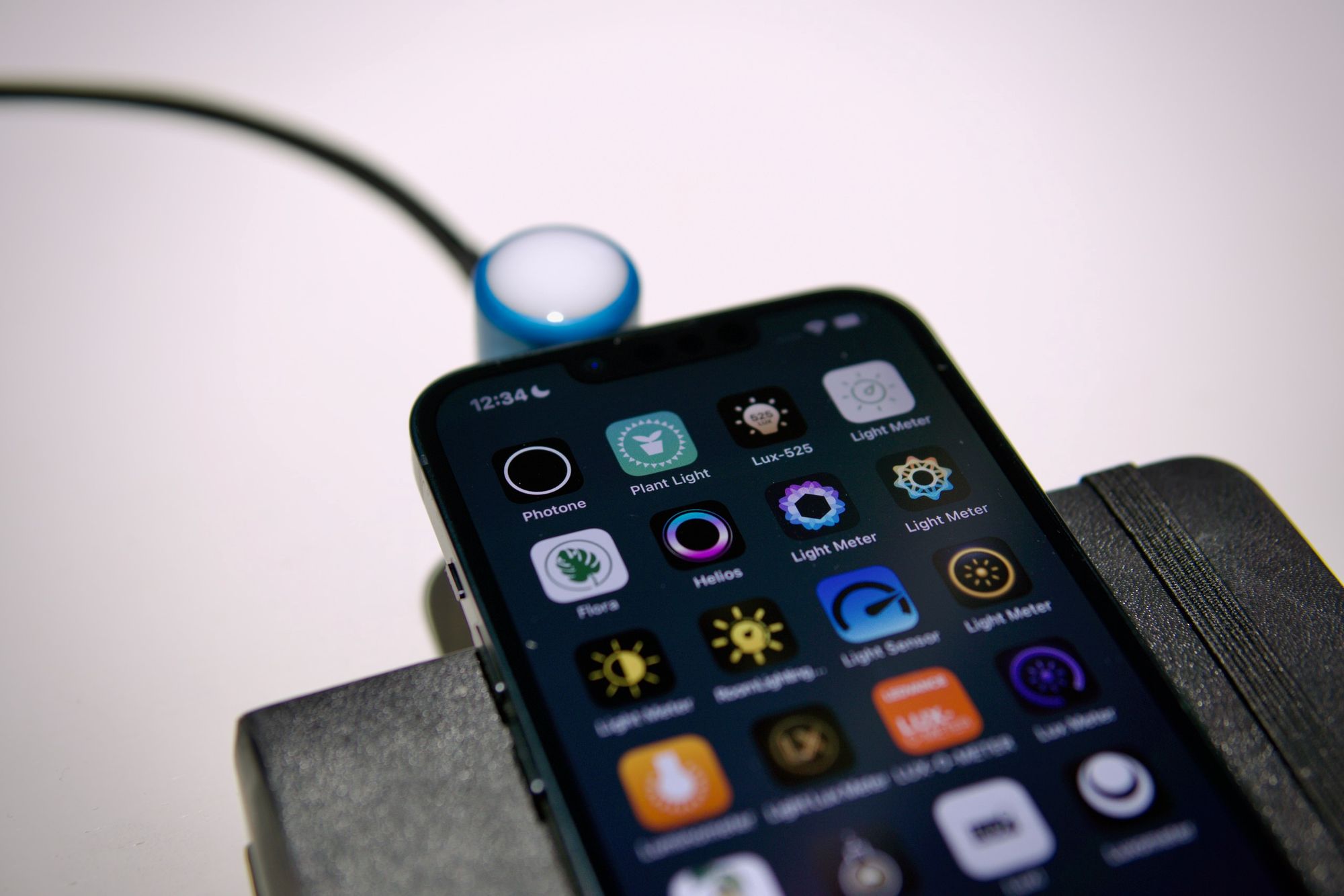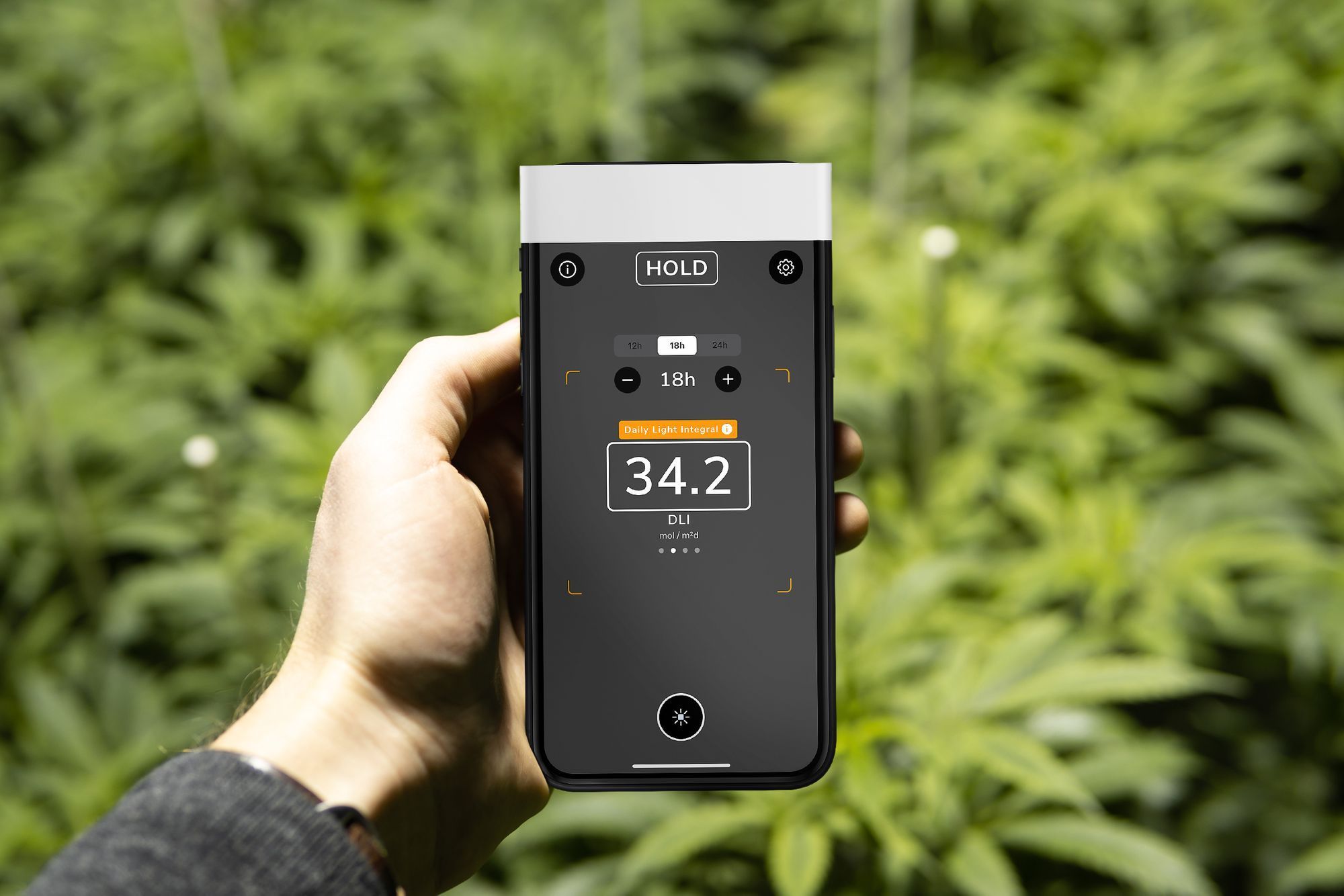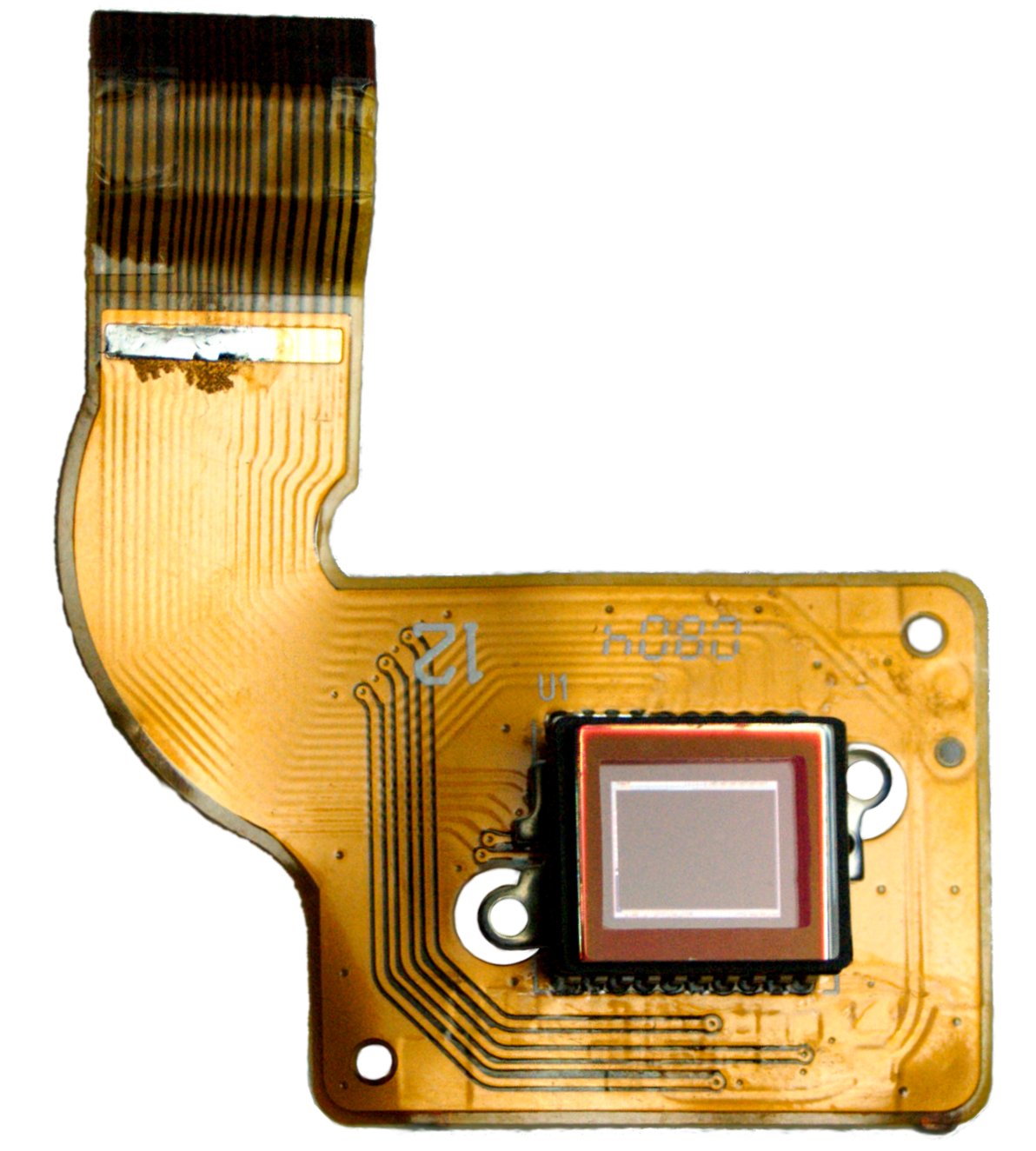
Horticultural lighting
Articles, news, products, blogs and videos covering the Industry Guide > General Lighting > Horticultural lighting market.

HLG Scorpion® Diablo Series
HLG Scorpion® Diablo™ commercial lamps are designed for growers who want to maximize crop yields with a grow light that offers both high intensity and high efficiency. This lamp uses 6 advanced design Diablo Quantum Boards® for an even light spread making it perfect for tents, flood tables...
 horticulturelightinggroup.com
horticulturelightinggroup.com
Specifications
| Power Options | 650 Watts, 720 Watts, 750 Watts |
| Input Voltage Options | 120-277VAC or 277-500VAC |
| AC NEMA Plug Options | 5-15, 5-20, 6-15, 6-20, L7-15, L7-20, Pigtails |
| Dimming | 0-10V with standard RJ11 cable |
| Flowering Footprint | 5' x 5' at 15" - 24" |
| Veg Footprint | 6' x 6' at 30” - 36" |
| Dimensions | 38.75" x 36.125" x 3.25" |
| Product Weight | 24.15 lbs |
| Recommended Mounting Height | 15-24 inches above canopy |
| Certifications | UL 8800, UL 1598, CSA, DLC |
| Certifications | UL 8800, UL 1598, CSA, DLC |
WANNA ADD BRIDGELUX AND WHAT ELSE HAVE YOU ?

Industry-standard 2835 footprint

SMD LED - Wikipedia
ssl-agriculture-jun2020.pdf
 drive.google.com
drive.google.com
PAGE 10 FROM SSL LINK INVALUABLE EDU JUNE 2020 HIGHLY RECOMMENDED READING
Last edited:















